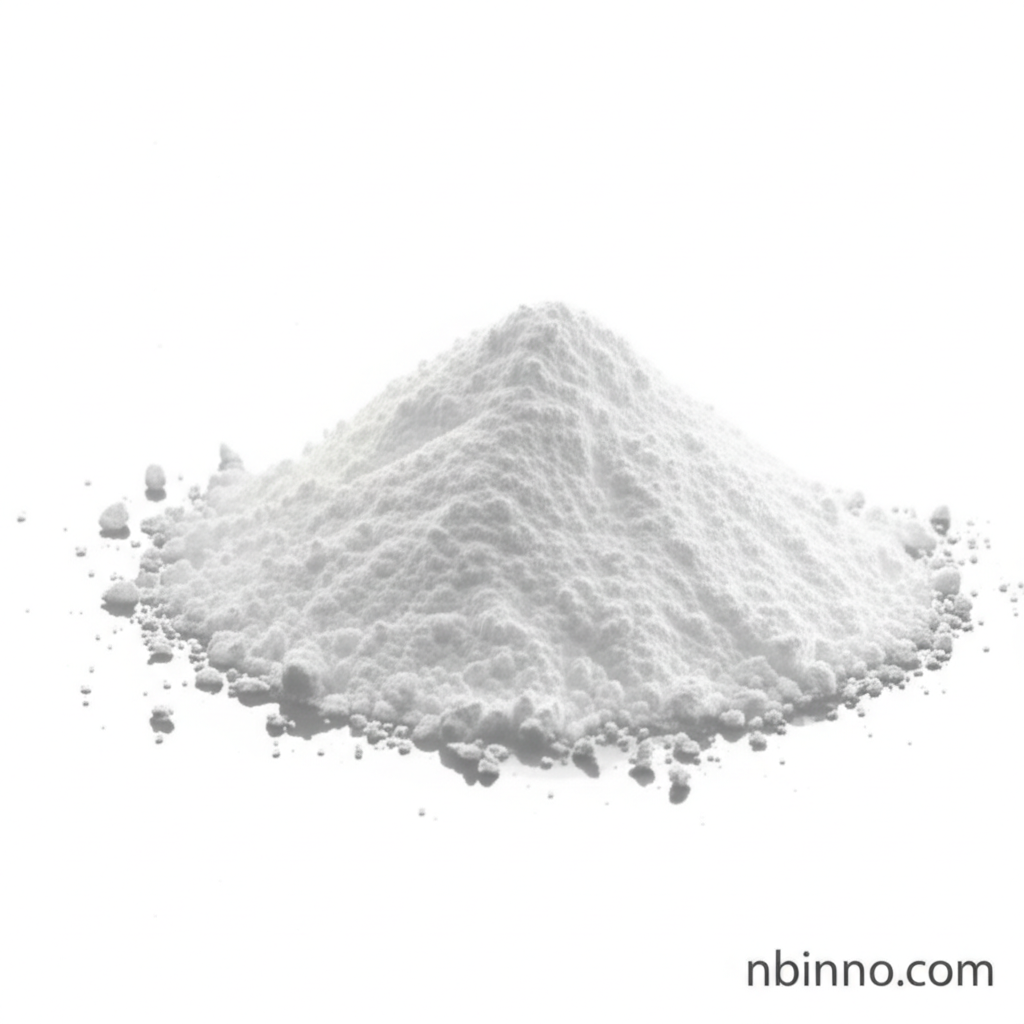The Essential Role of Antioxidant 330 in Modern Polymer Stabilization
Discover how this high molecular weight hindered phenolic antioxidant protects your polymers from degradation, offering superior heat resistance and low volatility for enhanced product longevity and performance.
Get a Quote & SampleProduct Core Value: Unmatched Polymer Protection

Antioxidant 330
As a leading manufacturer in China, we provide Antioxidant 330, a high molecular weight hindered phenolic antioxidant crucial for protecting organic substrates against thermo-oxidative degradation. Its exceptional properties make it a vital component in ensuring the longevity and performance of various polymer applications.
- Protecting your materials against thermal degradation is key when aiming for high-density polyethylene longevity. Antioxidant 330 offers excellent thermal stability.
- Experience superior stabilization for organic substrates like polymers, synthetic fibers, and elastomers with our reliable Antioxidant 330.
- Achieve low volatility and non-coloring in your plastic products, ensuring aesthetic appeal and consistent performance throughout their lifecycle.
- Enhance your polypropylene tape extrusion process by reducing water carry-over with the specialized properties of Antioxidant 330.
Key Advantages Offered by Antioxidant 330
Superior Heat Resistance
Antioxidant 330 provides excellent heat resistance, crucial for polymers undergoing high-temperature processing. This characteristic helps prevent degradation during manufacturing and application, contributing to the overall durability of the end product.
Low Volatility
With its low volatility, this hindered phenolic antioxidant remains within the polymer matrix during processing and use, ensuring sustained protection and minimizing loss of active compound.
Non-Polluting and Non-Coloring
Antioxidant 330 is designed to be non-polluting and to cause minimal to no discoloration, making it ideal for applications where color stability and purity are paramount, such as in films and fibers.
Key Applications and Usage
Polyolefins Stabilization
Antioxidant 330 is widely utilized in polyolefins such as polyethylene and polypropylene for stabilizing pipes, molded articles, and films, contributing to extended service life.
Engineering Plastics
It effectively stabilizes engineering plastics like linear polyesters and polyamides, enhancing their resistance to thermal degradation during processing and use.
Hot Melt Adhesives
Used in hot melt adhesives and tackifiers, Antioxidant 330 maintains adhesive properties and prevents degradation at elevated temperatures.
Elastomers and PVC
This versatile antioxidant is also applied in elastomers and PVC, providing crucial protection against oxidative breakdown in demanding applications.
